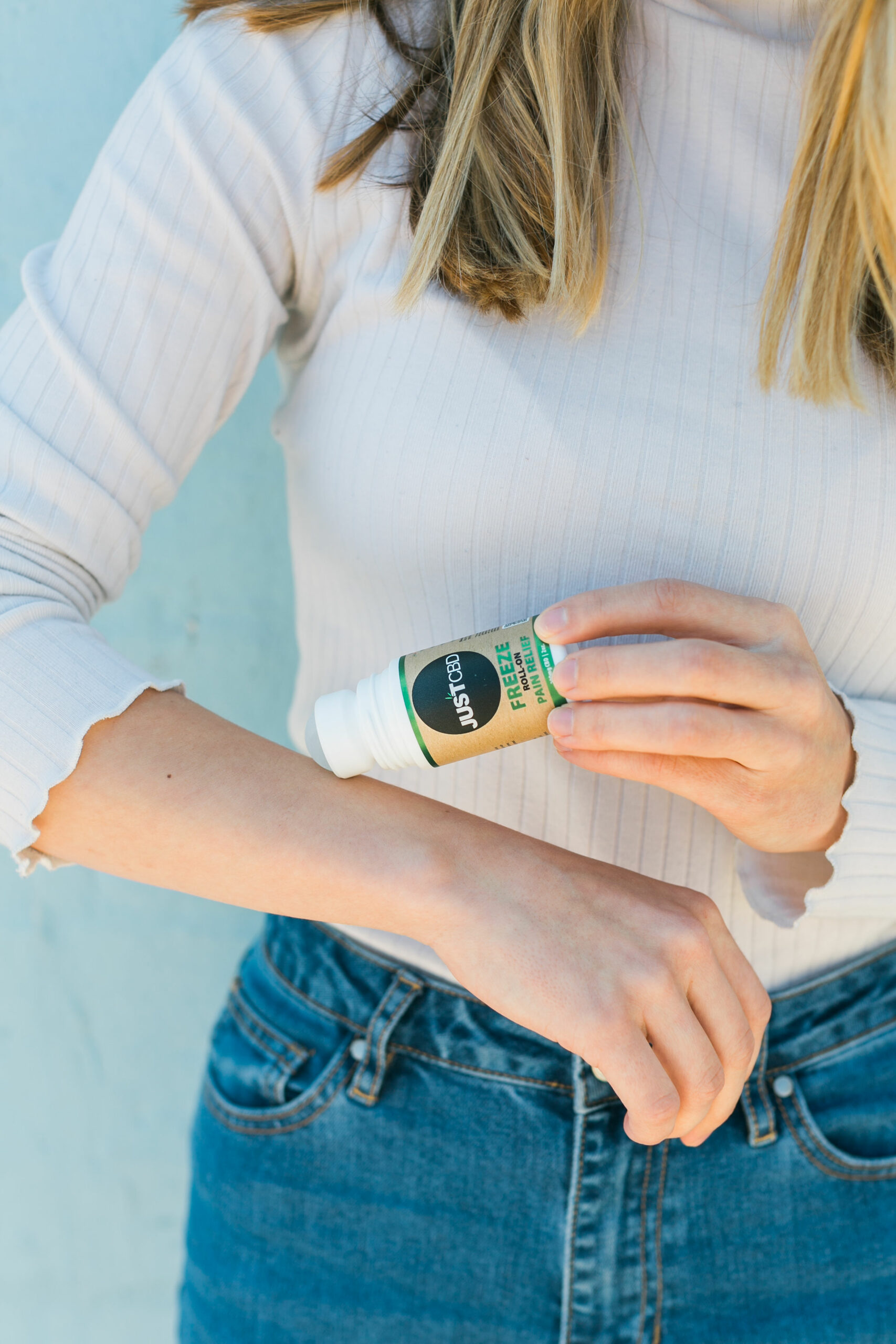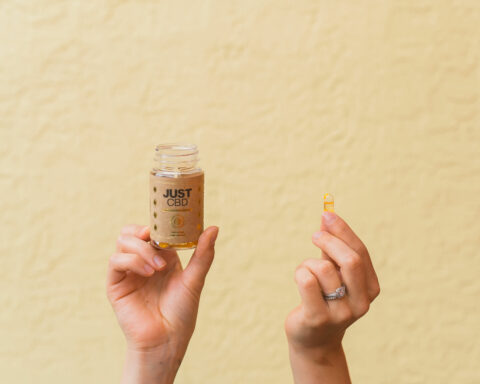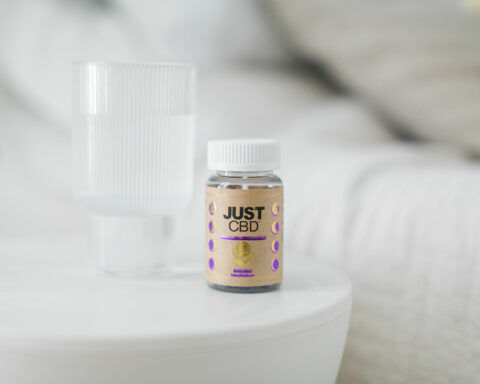CBD topicals have been used for several purposes. They come in different formulations, including lotions, balms, and sprays. CBD topicals offer the best pain-relieving effects that are natural. This article explains the reasons for using CBD topicals for pain relief.
Massi et al. (2006) and Bauer et al. (2020) described CBD as the non-psychoactive chemical compound in hemp, marijuana, and other variants of cannabis plants. CBD is not a psychoactive compound like its counterpart, THC. People who suffer from chronic pain go for topical CBD products to help them reduce pain and inflammation. This is backed by Schilling et al. (2021). Other products made from CBD include vapes, edibles like gummies, and tinctures. CBD is available in three types, i.e., pure or isolate, full-spectrum, and broad-spectrum CBD, with several other compounds apart from CBD. CBD topicals are applied to the affected area for one to feel its effects. Here are key reasons why you should stick to CBD topicals.
Diverse Forms of CBD
When shopping for CBD, one may get overwhelmed and wonder if all the products function differently. Get to confirm the information written on the labels to affirm the ingredients. According to Jacques (2020), there are three types of CBD: CBD isolate, broad-spectrum, and full spectrum. According to Uluata & Özdemir (2012), hemp seed oil is derived from the hemp plant’s seeds during a process known as the cold-press procedure. One can include hemp seed oil in their diet to experience the effects of hemp. Cornwell (2020) describes CBD isolate as pure due to a lot of filtration. Broad-spectrum CBD does not contain any THC but has all other phytocannabinoids. Full-spectrum products are rich in nutrients that are good for your body. It contains THC, CBC, and CBG. According to Oláh (2022), full-spectrum CBD has powerful effects on the body. Newton (2021) stated nano CBD is derived from water-soluble shrunken molecules. They are ideal for people who prefer CBD products that are easy to digest.
CBD Can Be Vaped
CBD that has been vaporized goes straight to the consumer’s lungs and then to the bloodstream. Thereby offering instant relief. However, one should be cautious when vaping since natural CBD can also have diverse effects on your body. Out of the many forms of CBD available, one can easily find a way to include CBD into their pain management routine. According to Muthumalage (2019), vaping CBD can lead to lung destruction. This is one of the reasons why you should use CBD topicals instead of vapes.
CBD Helps Reduce Inflammation in the Joints
Philpott et al. (2017) indicated that CBD reduces inflammation of the joints, especially if the pain is related to osteoarthritis, it also reduces pain and prevents damage to the nerves when administered through injections. Doing away with damage to the nerves in patients who have arthritis will prevent worsening the condition.
CBD Treats Several Health Conditions
According to Moltke (2021), CBD helps deal with conditions such as sleep and insomnia. Are you struggling with anxiety, poor sleeping patterns, or battling inflammation and pain? CBD can come to your rescue. CBD goes to the extent of enhancing someone’s existing treatments, such as sciatica. Note that there can be conflicting information about CBD tinctures and capsules; therefore, it is right to consult your doctor before replacing CBD with your current medication.
CBD has Additional Antibacterial and Antifungal Features
Do your wounds due to diabetes or other conditions take a long time to heal? CBD is here for you. The reason is that CBD has both antifungal and antibacterial effects of steering up a faster healing effect. Additionally, the use of CBD sends away infections. When applying CBD on wounds or blisters, one may prefer applying it directly to the area affected rather than ingesting it. The application of CBD oil enables it to generate a protective barrier enclosing the fragmented skin that ensures the distribution of nutrients is most where they are required.
CBD Has Similar Effects with Medically Prescribed Pain-Relieving Drugs
Just as medicine is prescribed in hospitals, cannabis functions by activating receptors found in our brains. The receptors act as pain-relieving agents in the body even though the body is still injured or the sickness still exists. CBD is not only a manipulator of the brain receptors. But also acts as an anti-inflammatory agent. Therefore, CBD addresses the problems at their source rather than acting as pain a masking agent. One is assured of relief from pain when you use CBD, even before healing. CBD helps one’s body to repair itself.
It is Easy to Attain CBD
Since numerous forms of CBD are legalized to help manage pain, it’s very easy to choose formulas and types of your choice. CBD products can be found online, from health supplements stores in designated medical offices and some pharmacies. You are likely to get them without any prescription at the stores and pharmacies. Most of the time, CBD is pocket-friendly compared to other pain management options like over-the-counter drugs and surgery in chronic cases. The best part of it is that you do not require any prescription when purchasing it.
What Should You Consider Before Taking CBD as a Pain Reliever?
As described above, there are many benefits related to the use of CBD when it comes to relieving pain. Right from its anti-inflammatory properties to its easy availability. Note that CBD is not meant for everyone, and the chances are that one may experience side effects when utilizing cannabidiol extracts and the other may not. According to Vuppalanchi (2021), some minor effects include nausea or stomach upsets, reduced appetite, and drug mouth. Inform your health care provider if you plan to combine other medications with CBD. CBD may interfere with the consumer’s bloodstream if they are taking blood thinners such as Coumadin. In other cases, CBD may stimulate the effects of psychiatric medications.
Conclusion
To sum it up, CBD topicals are good to spice up your daily routine. You get to benefit from its use by making your skin glow. The beauty of it is that CBD topicals are easily available nowadays. You have to walk into a supplements shop or such for a genuine vender online. Remember to consult your medical provider if you want to incorporate CBD with other prescribed drugs.
Another good thing is that CBD topicals have both antifungal and antibacterial uses. Its antibacterial and antifungal ability means that you will probably be killing two birds by using it. Why can’t you try these amazing products for your skin? As much as CBD does not get you high, it might have a few mild drawbacks depending on the individual’s body.
References
Uluata, S., & Özdemir, N. (2012). Antioxidant activities and oxidative stabilities of some
unconventional oilseeds. Journal of the American Oil Chemists’ Society, 89(4), 551-559.
Jacques, J. (2020). The Need for a Common Language Alternative Therapies in Health
and Medicine, 26, 4-5.
Moltke, J., & Hindocha, C. (2021). Reasons for cannabidiol use: a cross-sectional study of
CBD users focus on self-perceived stress, anxiety, and sleep problems. Journal of cannabis research, 3(1), 1-12. Mathur, K.,
Muthumalage, T., Lamb, T., Friedman, M. R., & Rahman, I. (2019). E-cigarette flavored
pods induce inflammation, epithelial barrier dysfunction, and DNA damage in lung epithelial cells and monocytes. Scientific reports, 9(1), 1-11.
Vuppalanchi, V., Gelow, K., Vuppalanchi, R., & Lammert, C. (2020). Cannabidiol (CBD)
consumption and perceived impact on extrahepatic symptoms in patients with autoimmune hepatitis. Digestive diseases and sciences, 65(1), 322-328.
Oláh, A. (2022). Cannabidiol (CBD). Marijuana in America: Cultural, Political, and
Medical Controversies, 43.
Cornwell, M. (2020). CBD Tinctures: All You Need to Know.
Newton (2021), G. Study: Water Soluble CBD.
Philpott, H. T., O’Brien, M., & McDougall, J. J. (2017). Attenuation of early phase
inflammation by cannabidiol prevents pain and nerve damage in rat osteoarthritis. Pain, 158(12), 2442.
Schilling, J. M., Hughes, C. G., Wallace, M. S., Sexton, M., Backonja, M., & Moeller-Bertram, T. (2021). Cannabidiol as a Treatment for Chronic Pain: A Survey of Patients’ Perspectives and Attitudes. Journal of pain research, 14, 1241–1250.
- Bell Peppers 101: Nutrition Facts and Health Benefits - April 19, 2024
- Products That Assist with Stress Relief - September 21, 2023
- TRÈFLE – THE ROAD TO THE 15TH - July 29, 2023









